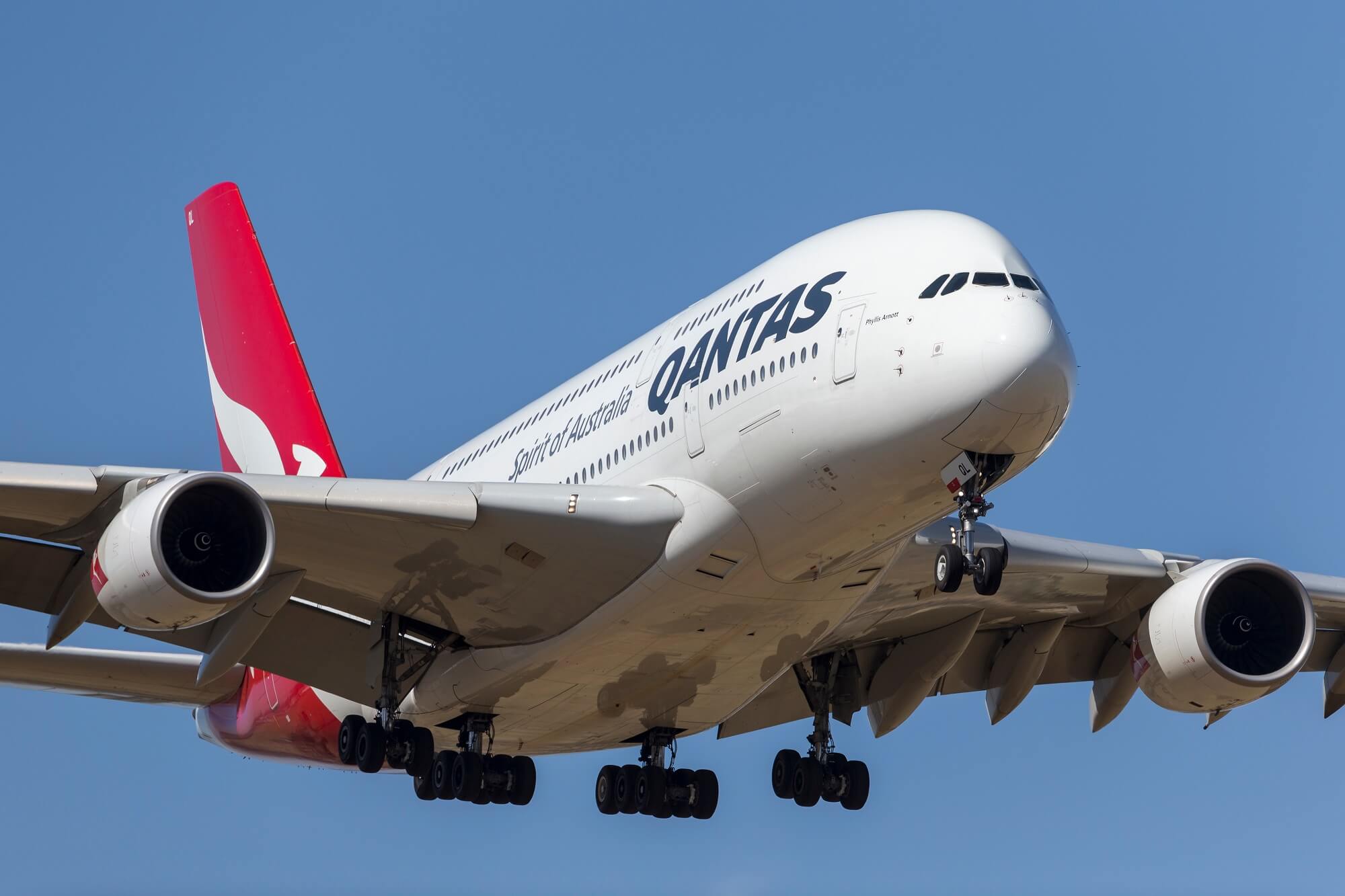Air Travel in Brazil: Passenger Plane Brazil

Brazil, with its vast geographical expanse and diverse landscapes, relies heavily on air travel to connect its people and foster economic growth. The country boasts a robust aviation sector, characterized by a network of major airlines, strategically located airports, and extensive domestic and international flight routes.
Major Airlines in Brazil
The Brazilian airline industry is dominated by a handful of major players, each with its unique strengths and market focus.
- LATAM Airlines Brasil: As the largest airline in Brazil, LATAM Airlines Brasil offers a wide range of domestic and international flights, connecting major cities across the country and beyond.
- GOL Linhas Aéreas Inteligentes: Known for its low-cost model, GOL Linhas Aéreas Inteligentes provides affordable air travel options, particularly for domestic routes within Brazil.
- Azul Brazilian Airlines: Azul Brazilian Airlines focuses on connecting smaller cities and regional destinations, offering a comprehensive network of domestic flights.
- Avianca Brasil: Avianca Brasil, formerly known as OceanAir, offers a mix of domestic and international flights, serving key destinations within Brazil and South America.
Main Airports in Brazil
Brazil’s airport infrastructure plays a crucial role in facilitating air travel and supporting the country’s economic development. The major airports in Brazil are strategically located, serving as hubs for domestic and international flights.
- Guarulhos International Airport (GRU): Situated in São Paulo, Guarulhos International Airport is the busiest airport in Brazil, handling a significant volume of domestic and international flights.
- Galeão – Antonio Carlos Jobim International Airport (GIG): Located in Rio de Janeiro, Galeão International Airport serves as a major gateway for international travelers and connects the city to various destinations worldwide.
- Brasília International Airport (BSB): As the capital city’s primary airport, Brasília International Airport is a crucial hub for domestic flights within Brazil.
- Confins International Airport (CNF): Serving the city of Belo Horizonte, Confins International Airport is a major gateway for both domestic and international flights.
- Salvador International Airport (SSA): Salvador International Airport is a significant hub for domestic flights, connecting the city to various destinations across Brazil.
Domestic and International Flight Routes in Brazil
Brazil’s air travel network is extensive, encompassing a wide range of domestic and international flight routes.
- Domestic Routes: Domestic flights within Brazil connect major cities and regional destinations, facilitating travel within the country’s vast geographical expanse.
- International Routes: Brazil’s international flight routes connect major cities to destinations worldwide, including North America, Europe, Asia, and South America.
Impact of Air Travel on the Brazilian Economy, Passenger plane brazil
Air travel plays a vital role in the Brazilian economy, contributing to tourism, trade, and overall economic growth.
- Tourism: Air travel facilitates tourism by connecting visitors from around the world to Brazil’s diverse attractions, boosting the tourism industry and generating revenue.
- Trade: Air travel enables efficient transportation of goods, facilitating trade between Brazil and other countries, contributing to economic growth and development.
- Business: Air travel facilitates business travel, connecting business professionals across Brazil and internationally, fostering economic collaboration and investment.
Passenger plane brazil – Passenger planes in Brazil are a common sight, connecting bustling cities and remote towns. One particular flight, flight 2283 brazil , offers a glimpse into the routine of these aerial journeys. While not every flight is as noteworthy, they all contribute to the vital network of air travel across this vast country.
Passenger planes in Brazil have a long history, with some routes dating back to the early 20th century. While safety has improved drastically over the years, tragedies like the ATR 72 crash serve as a stark reminder of the inherent risks involved in air travel.
Despite these incidents, Brazil’s air travel industry continues to thrive, with millions of passengers taking to the skies each year.
